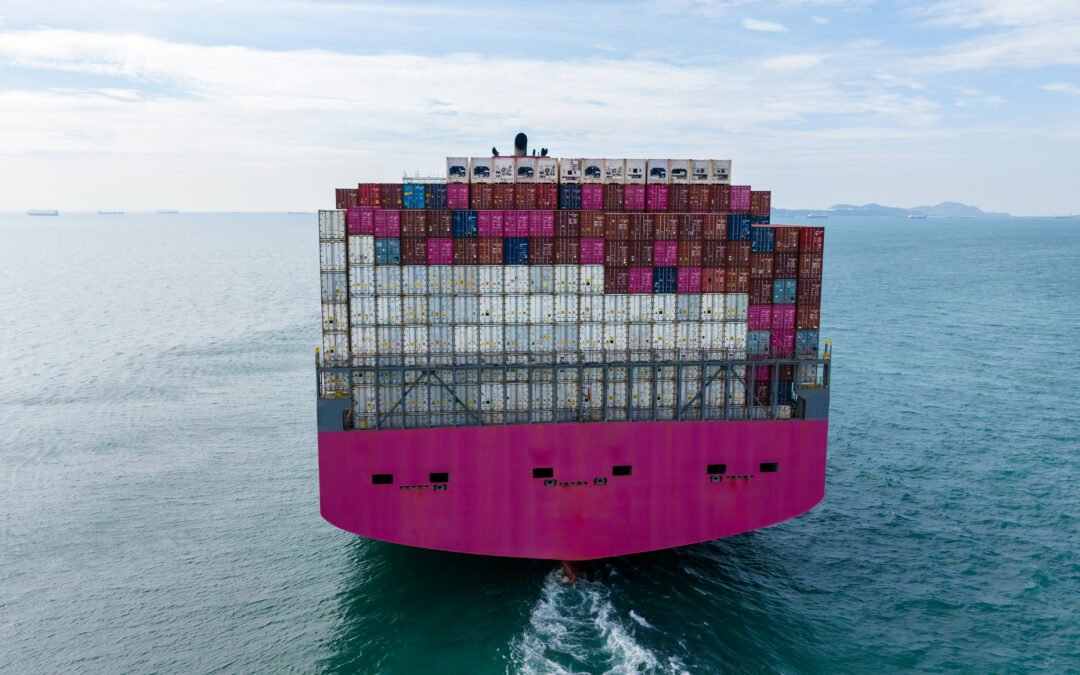The Clarkson 2024 Shipping Market Review underscores how shipping often thrives amidst global conflict and disruption. Despite challenges, key sectors experienced notable growth, with gains driven by geopolitical tensions and shifts in energy supply chains.
Highlights of 2024 Shipping Market Performance
- ClarkSea Index: Increased by 6% year-on-year, reaching levels nearly one-third higher than the ten-year trend.
- Secondhand Ship Values: Rose by 18% over the past year, with standout gains for container ships and bulkers.
- Newbuild Orders: Reached their highest level since 2007, with 53% of output concentrated in Chinese shipyards.
Sector-Specific Developments
- Containers and Bulk Carriers Shine:
- Container ship charter rates soared nearly 50%, supported by Red Sea re-routing and congestion.
- The Shanghai Container Freight Index (SCFI) rose by an impressive 150%.
- Capesize bulkers saw average earnings jump 76%.
- Asset Value Increases:
- Ten-year-old 4,500 TEU boxships surged 93% to $40 million.
- Five-year-old Capes rose 19% to $62 million.
- Newbuilding Trends:
- Clarkson’s Newbuilding Index climbed 6%.
- Prices for 15,500 TEU container ships increased by 21% to $204 million.
- LNG carriers, however, saw a slight price dip, down 2% to $260 million.
Sustainability and Future Challenges
- Nearly half of the new orders in 2024 were alternative-fuelled vessels, with LNG emerging as a preferred choice.
- Regulatory pressures such as FuelEU and IMO initiatives continue to push the industry toward greener solutions.
- Despite the robust market, demo volumes remained low, with recycling rates dropping and prices easing by 7% to $475 per light displacement ton.
Outlook for 2025
Clarkson Research Managing Director Stephen Gordon highlights a cautious start to 2025, particularly in certain segments. However, themes such as managing geopolitical disruption and accelerating sustainability efforts are likely to dominate the market.
As the industry navigates these challenges, a blend of strategic innovation and operational efficiency will shape its trajectory in the coming year.

